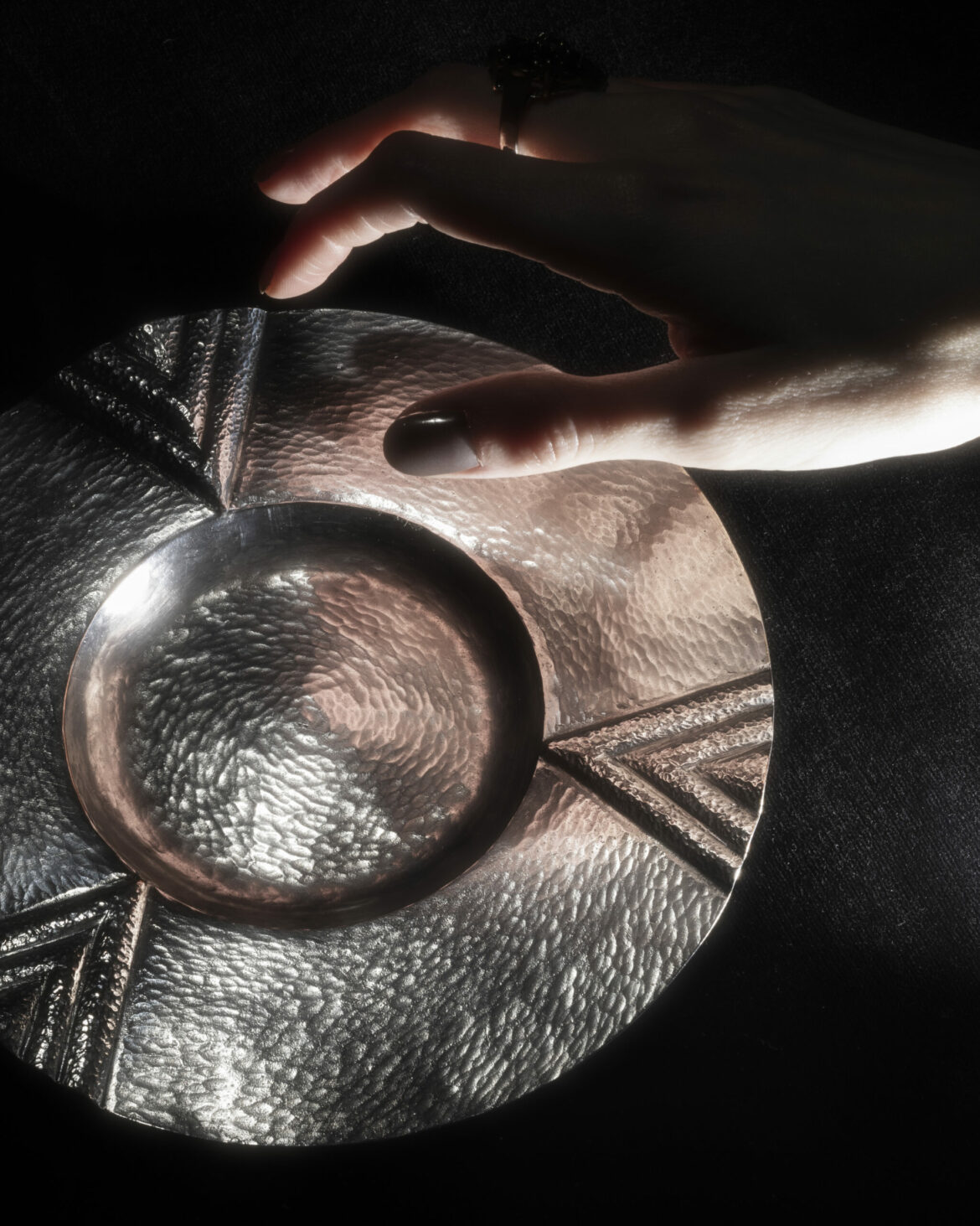The Museum of Warsaw is showcasing the works of one of the leading figures in Polish design. The exhibition “Julia Keilowa. Designer” is the first such wide-ranging presentation of the work of a prominent Warsaw metalworker, encompassing handmade and sculptural works. Almost 80 objects designed and made by Keilowa form the basis of the exhibition.
Julia Keilowa designed everyday objects in the art déco style, and her artistic training and experience as a sculptor led her to develop a distinctive style of her own. Thanks to the popularity of plating, a technique of coating base metal products with a thin layer of silver or gold, objects of her design found their way into the salons of the Second Polish Republic, and the creator gained fame and recognition.
The objects designed by Keilowa are distinguished by their expressive style, balanced composition based on mathematical proportions, striving for harmony, rhythmicity, and elegance. The artist liked to juxtapose basic geometric solids – cones, cylinders, spheres, prisms. Their arrangement is clear and finely tuned and balanced.
The importance of Keilová’s objects and status is evidenced by the fact that as early as the 1930s, there were already attempts to imitate her style, and even forgeries of her creations were produced. Today, Keilowa’s metalwork belongs to the canon of masterpieces of Polish design, and her works are sought after on the collectors’ market, coveted in public and private collections.
Julia Keilowa, née Ringel, was born in Stryj, a town now in Ukraine, to a Jewish family. In 1922, she married Ignacy Keil and moved with him to Warsaw, and three years later began her studies at the State School of Fine Arts in the sculpture department. From 1932 she worked with the Warsaw plating company Fraget, and later also with the Norblin and Henneberg Brothers factories.
The exhibition also tells the story of the wider phenomenon of the emancipation of women designers and the rise of design to the status of art, which took place in the first decades of the 20th century.
Arkadiusz Słomczyński





